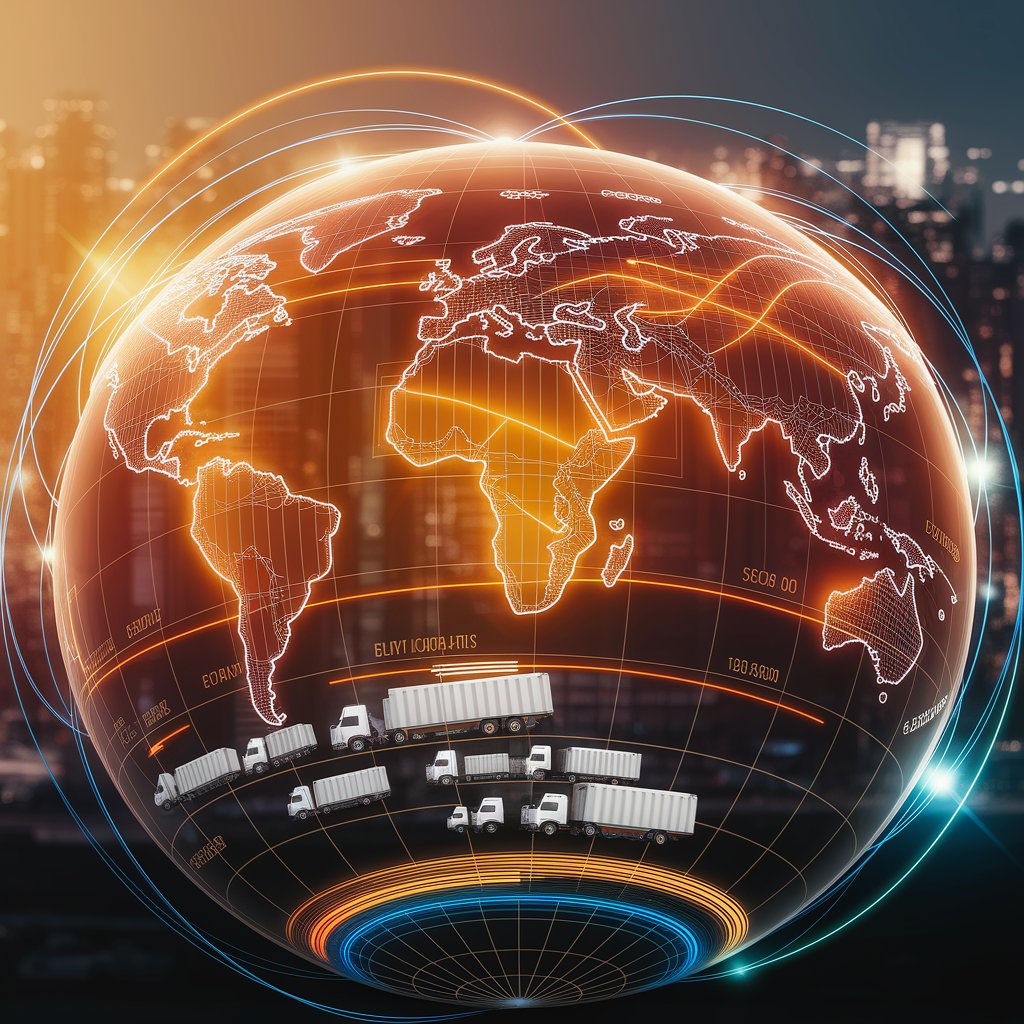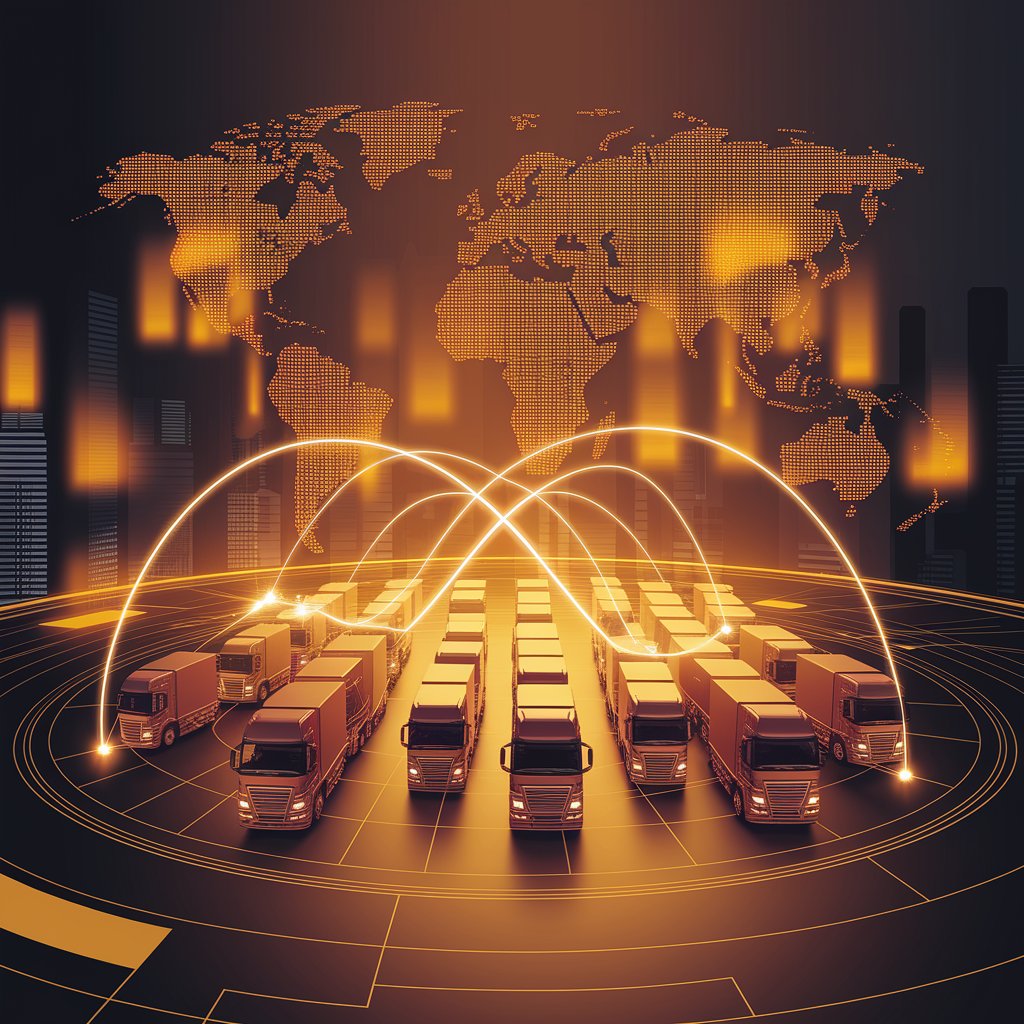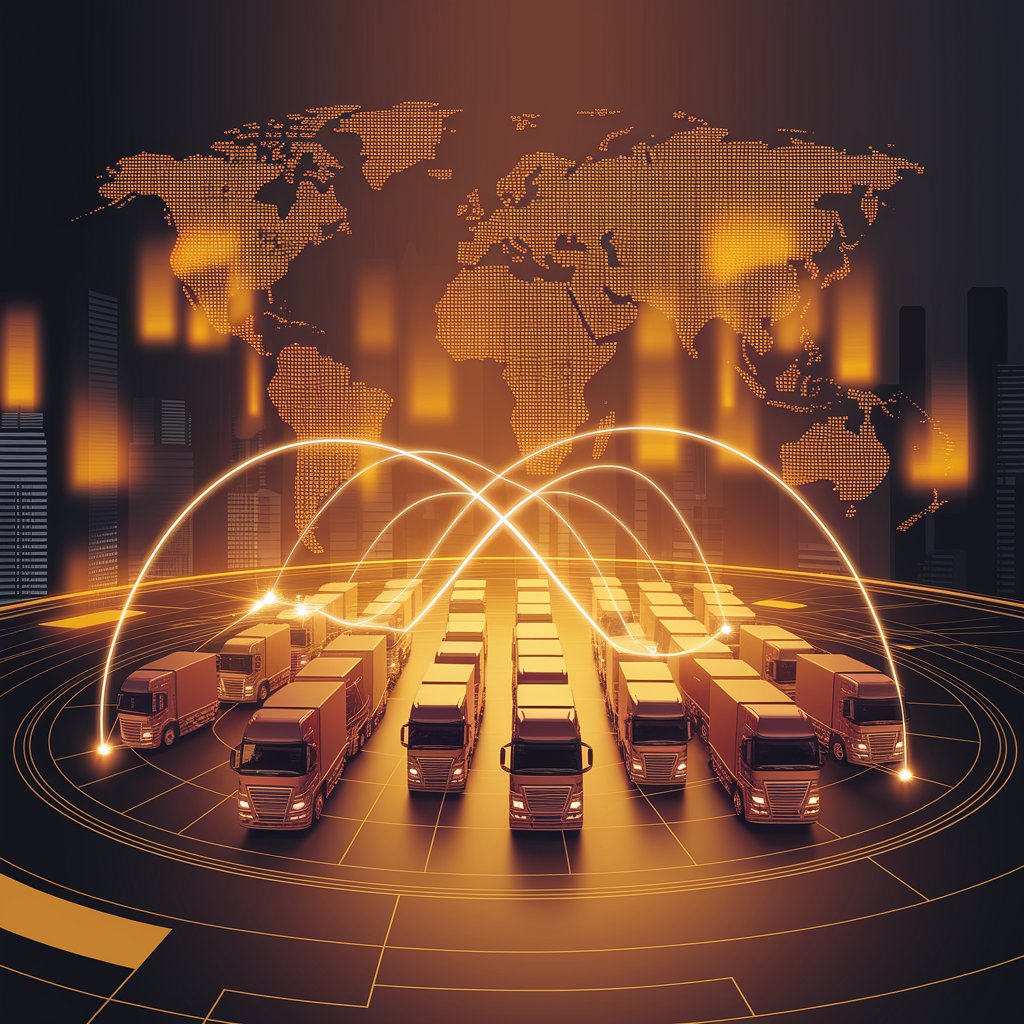AI Logistics Optimization: Smarter Supply Chains Through Artificial Intelligence

Introduction
This is where AI logistics optimization comes in. By applying artificial intelligence, machine learning, and real-time analytics, logistics providers and shippers can streamline operations, reduce risks, and build smarter, more resilient supply chains.
What Is AI Logistics Optimization?
AI logistics optimization is the process of applying artificial intelligence to improve supply chain performance across transportation, warehousing, demand planning, and risk management. Unlike traditional methods, AI uses predictive analytics, real-time data, and self-learning algorithms to make smarter, faster decisions.
It’s not just about automation—it’s about optimization at scale.

Key Features of AI Logistics Optimization
- Predictive Demand Planning – Forecasts demand using historical data, seasonality, and external trends.
- Route Optimization – AI minimizes fuel costs and delivery delays with dynamic routing.
- Fleet Management – Monitors driver behavior, fuel efficiency, and maintenance needs.
- Inventory Optimization – Balances stock levels to reduce both shortages and overstocking.
- Risk Management – Anticipates disruptions such as port congestion, weather, or strikes.
- Warehouse Automation – AI-powered robotics and smart picking reduce labor costs.
Benefits of AI Logistics Optimization 📈
- Cost Reduction – Smarter routing and inventory cuts fuel, storage, and labor costs.
- Efficiency Gains – Faster, data-driven decisions across the supply chain.
- Risk Resilience – Early identification of bottlenecks and disruptions.
- Customer Satisfaction – Faster deliveries and more accurate ETAs.
- Sustainability – Lower fuel use and emissions through green routing.
- Scalability – Handle higher volumes without proportional costs.

Real-World Applications
- Freight Forwarders – AI optimizes carrier selection and route planning.
- Carriers & Fleet Operators – Predictive maintenance prevents breakdowns.
- E-commerce & Retail – Smarter demand forecasting for peak shopping seasons.
- Cold Chain Logistics – AI ensures stable temperature control during transit.
- Ports & Terminals – AI-powered scheduling reduces congestion and wait times.
Challenges in AI Logistics Optimization
- Data Quality – AI requires clean, accurate, and comprehensive data.
- Integration – Legacy ERP and TMS systems may resist modern AI platforms.
- High Initial Costs – AI solutions demand significant upfront investment.
- Change Management – Employees may resist relying on algorithms.
- Cybersecurity Risks – AI-driven platforms must protect sensitive logistics data.

Best Practices for Implementation
- Start Small – Apply AI to a specific process (e.g., routing) before scaling.
- Focus on Data Quality – Standardize and clean data pipelines.
- Integrate with Core Systems – Connect ERP, WMS, TMS, and IoT devices.
- Combine AI with Human Expertise – Human oversight ensures contextual decision-making.
- Monitor KPIs Continuously – Track cost savings, service levels, and efficiency gains.
- Invest in Training – Build trust among teams to adopt AI-driven processes.
The Future of AI Logistics Optimization 🚀
- Autonomous Logistics Systems – AI platforms self-adjust without human intervention.
- Digital Twins – Virtual replicas of supply chains for scenario testing.
- Blockchain Integration – Transparent, secure, and real-time data sharing.
- Green Optimization Models – AI balancing cost efficiency with carbon reduction.
- AI-Driven Marketplaces – Platforms matching shippers and carriers in real time.
Conclusion
AI logistics optimization is transforming the way companies manage supply chains. By combining predictive analytics, automation, and real-time insights, businesses can reduce costs, improve resilience, and deliver superior service.
In today’s competitive market, adopting AI logistics optimization isn’t just about staying efficient—it’s about staying ahead.
